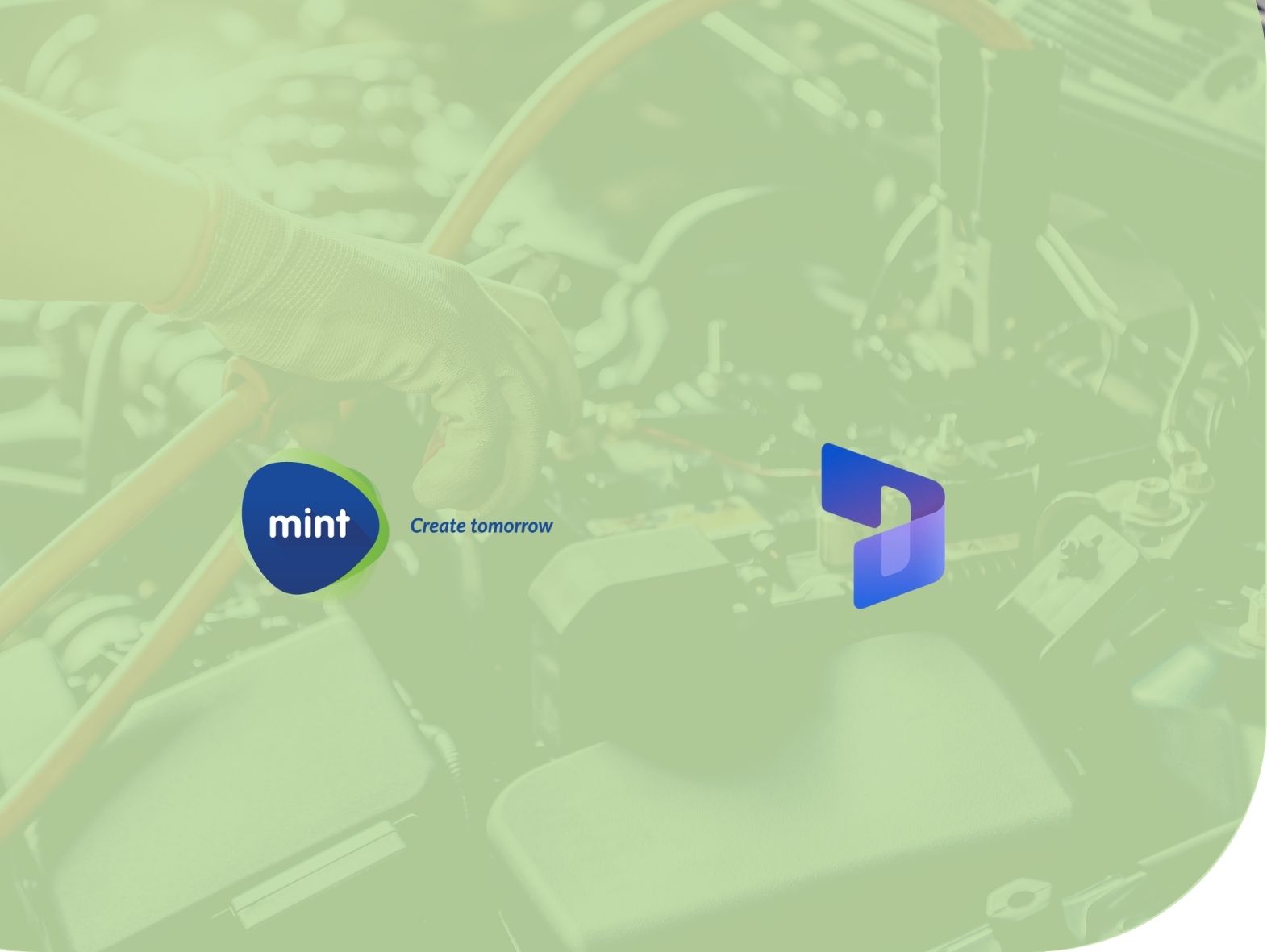Automotive Supply chain manufacturer Migrating from Microsoft Dynamics AX 2012 to Microsoft Dynamics 365 for Finance and Supply Chain Management
The Project
A leading manufacturer in the automotive supply chain industry, embarked on a critical digital transformation initiative to integrate from Microsoft Dynamics AX 2012 to Microsoft Dynamics 365 for Finance and Supply Chain Management.
Recognising the growing demands of its industry and the limitations of legacy infrastructure, the company sought to modernise its technology foundation. This initiative was not just about upgrading software, it was a strategic move to unlock innovation, ensure business continuity, and prepare for scalable growth in an increasingly digital-first world.
The Challenge
The company had been leveraging Microsoft Dynamics AX 2012 for several years to manage core financial and operational processes across its legal entities. While the system had served its purpose, the imminent end of mainstream support posed a significant risk. Operating a dated ERP system could lead to increased IT costs, reduced efficiency, and potential security vulnerabilities.
Additionally, the complexity of operating across several legal entities created challenges with reporting, intercompany transactions, and governance. As the business expanded and evolved, these challenges began to hinder agility and decision-making. The organisation needed a platform that could unify operations, enhance data visibility, and streamline workflows across different geographies.
The leadership team considered alternative ERP platforms but ultimately reaffirmed their commitment to the Microsoft ecosystem, opting to migrate to Dynamics 365 Finance & Supply Chain Management (D365FSCM). The phased migration approach, starting with their largest business unit, demonstrated a calculated strategy to mitigate risk and ensure smooth adoption. However, this meant temporarily running parallel systems, which created an increased workload for operational teams.
The Solution
In late 2023, the organisation engaged Mint Group in the UK to accelerate the transition from AX 2012 to Microsoft Dynamics 365 for Finance and Supply Chain Management. While the original mandate was to simply replicate existing processes, essentially a “lift and shift”, the project quickly evolved into something much more strategic.
Mint Group identified an opportunity to drive greater value by reviewing and optimising existing workflows. Rather than porting over outdated processes, the teams collaborated to re-engineer key areas of the business to better align with Microsoft Dynamics 365 for Finance and Supply Chain Management’s advanced capabilities. This shift in strategy marked a turning point in the transformation journey.
A key milestone was the successful migration of a finance-only legal entity during a critical year-end reporting window. With zero tolerance for errors or downtime, the implementation required meticulous planning, clean data migration, and robust testing. Mint and the client worked in close coordination to deliver on time and within scope, avoiding disruption during the financial year-end close.
The Outcome
The benefits of the transformation were evident shortly after the first few legal entities went live on Microsoft Dynamics 365 for Finance and Supply Chain Management. The business began to experience noticeable improvements in efficiency, reporting accuracy, and process automation. Key functions, such as financial consolidation, inventory visibility, and intercompany reconciliation, were streamlined and centralised.
The organisation had successfully migrated all 4 legal entities onto the new platform, n. The fourth entity involved intricate intercompany workflows that previously required manual interventions and workarounds. With the migration, these processes became integrated and transparent, further improving business agility.
The implementation demonstrated n the importance of a business-led, value-focused approach to digital transformation. The client was able to reduce operating costs, enhance system reliability, and gain a platform that could adapt to future industry requirements.





